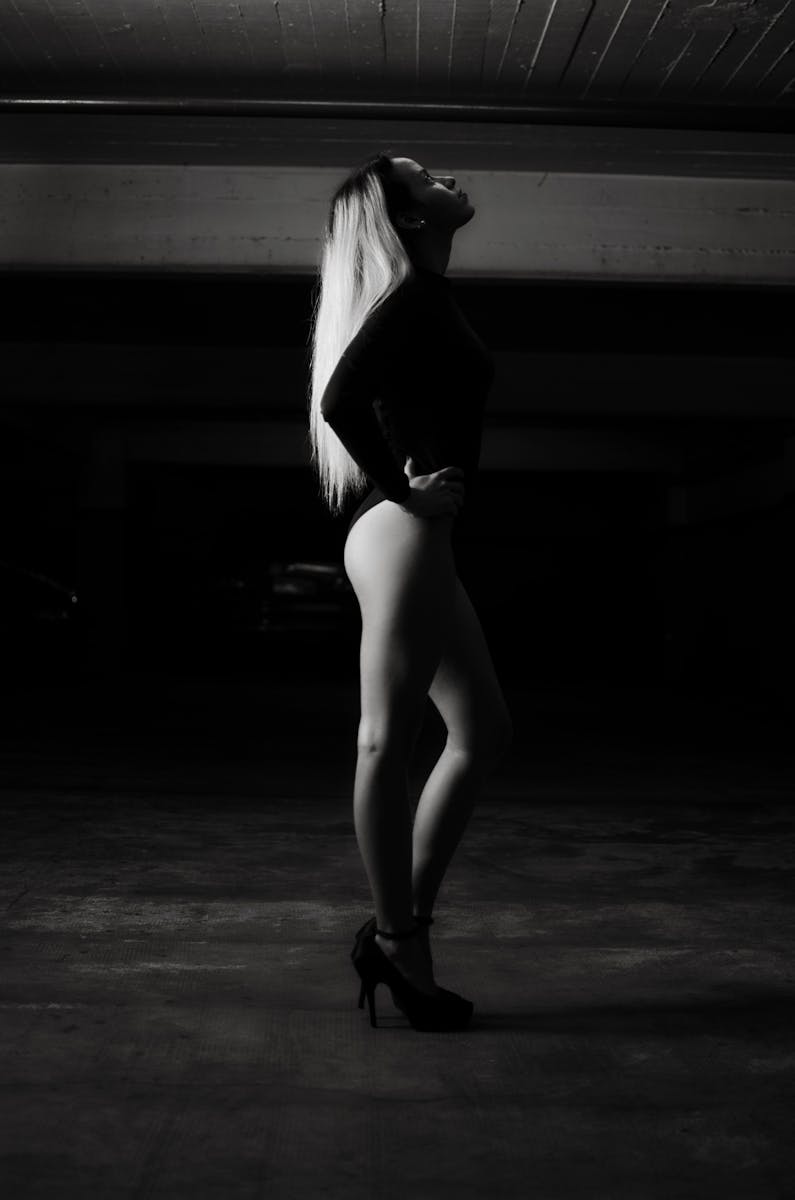
The early 2000s ushered in a wild new era of television, one where the lives of our favorite celebrities weren’t just fodder for tabloids, but the main event on our screens. “The Osbournes” burst onto MTV in 2002, instantly captivating audiences with its irreverent humor and surprisingly relatable family dynamics. Who could forget Ozzy trying to figure out a remote or Sharon feuding with neighbors? It was raw, it was real (ish), and it launched a thousand imitators.
The astounding success of the Osbournes made every celebrity family with a pulse and a publicist think, “Hey, why not us?” The allure was undeniable: a chance to connect with fans, control their narrative, or even jumpstart a career. But as many soon found out, the reality TV game is a fickle beast. For every family that struck gold, there were countless others whose small-screen dreams fizzled faster than a cheap firework.
So, buckle up, pop culture aficionados! We’re hopping into the TV wayback machine to revisit some of those celebrity families who tried their hand at reality stardom. Their shows may have been short-lived, forgotten, or just plain messy, but each one offers a fascinating glimpse into the unpredictable nature of fame and family drama. Let’s explore the tales of those who dared to invite cameras into their homes, only to find that reality TV wasn’t quite the golden ticket they imagined.
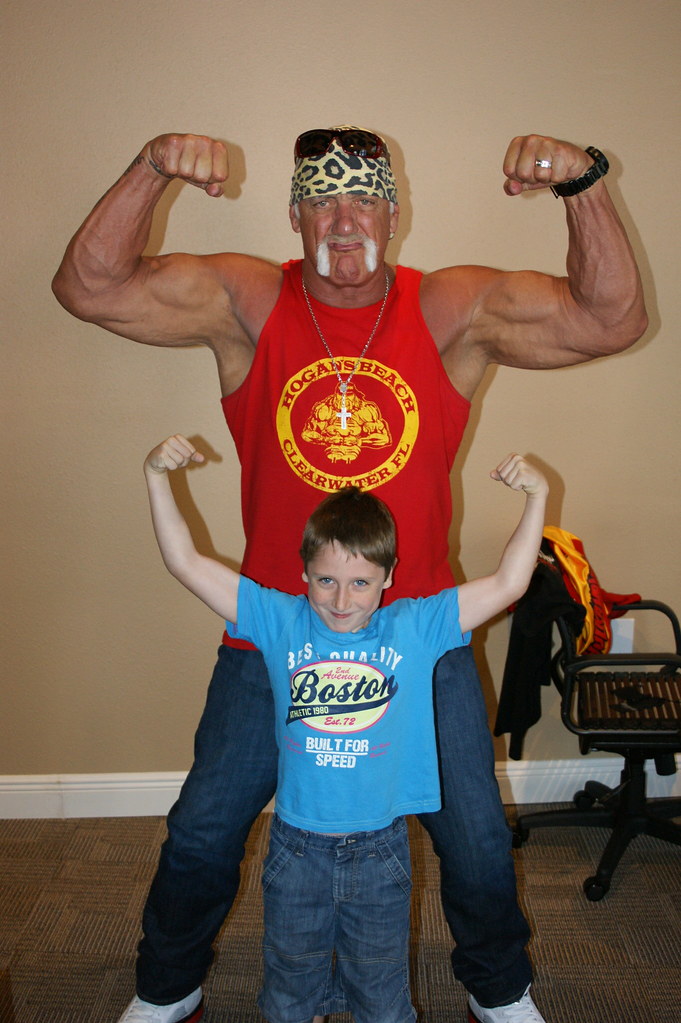
1. **Hogan Knows Best: Hulkamania Meets Suburban Life**
Professional wrestling icon Hulk Hogan, whose “Hulkamania” had defined a generation, decided to bring his larger-than-life persona to reality television. “Hogan Knows Best” premiered on VH1 in 2005, aiming to keep Hulk relevant in the 21st century. The show followed Hulk, his wife Linda Hogan, and their children Brooke and Nick, as they navigated their lives in central Florida, presenting a seemingly carefree family image.
Hulk’s primary motivation for signing onto the series was reportedly to help launch his daughter Brooke’s music career. And in that, the show did find some success. During the show’s run, Brooke released her single “About Us” and her album “Undiscovered” in 2006, giving her a significant boost in show business visibility. The series capitalized on the novelty of seeing a wrestling legend in domestic situations, trying to parent his often-rebellious kids.
However, the sunny on-screen portrayal of the Hogan family was a far cry from their real-life turmoil. Beneath the surface, serious issues plagued the family. Nick, who was often depicted as an innocent prankster on the show, harbored dangerous real-life habits of wild driving and street racing. These issues tragically came to a head in 2007 when he was involved in a severe car accident that left his best friend, John Graziano, with profound brain damage, leading to Nick’s conviction for felony reckless driving.
Hulk himself wasn’t immune to personal strife, as his affair with Brooke’s best friend, Christiane Plante, eventually came to light. The marital breakdown between Hulk and Linda Hogan culminated in Linda filing for divorce in 2007, which was finalized two years later. Looking back, Hulk candidly admitted on “Oprah: Where Are They Now,” “I kind of hit rock bottom. Everything got dark, everything happened at once.” What started as a family’s attempt at fame quickly devolved into a public unraveling, proving that some realities are too harsh for the small screen.
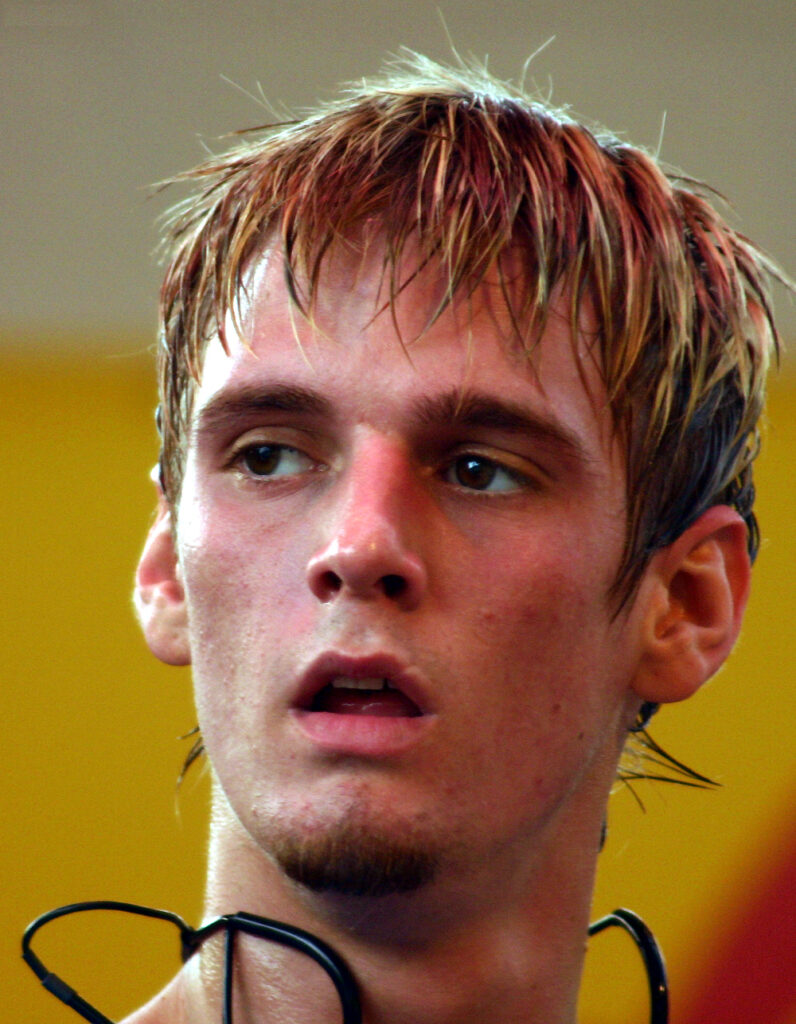
2. **House of Carters: A Reality Show That Got *Too* Real**
For Nick and Aaron Carter, two names synonymous with pop music fame, their reality show “House of Carters” was an attempt to mend family ties and correct public perception. Debuting in 2006, the E! series featured Nick and his siblings Leslie, Angel, and B.J. Carter, living together in what Nick hoped would be a “normal” arrangement. He wanted the show to “set the record straight” about his family, which had been plagued by negative tabloid gossip and the pain of their parents’ divorce.
Nick’s intention was to keep things authentic, telling the Orlando Sentinel, “There’s so much that I could say — we could say to you — so many things that we’ve gone through, and the only way we can explain it is through a television show.” This commitment to “keeping it real” ultimately proved to be the show’s downfall. The sibling drama quickly transcended typical camera-ready squabbles, escalating into genuinely raw and disconcerting confrontations that left viewers uneasy.
A particularly infamous incident involved a physical altercation between Nick and Aaron, a fight so intense that Aaron himself revisited it on Twitter years later. This level of unscripted, often distressing, conflict seemed to be “too much reality” even for E!, a network known for its dramatic programming. Consequently, “House of Carters” only lasted for a single season, leaving its intended purpose largely unfulfilled.
In the wake of the show’s cancellation, Nick Carter sought a more private life, moving to Tennessee to prioritize self-care. The Carter family’s struggles continued tragically, with Leslie’s death in 2012, and later Aaron’s death in 2022, though the brothers were reportedly on better terms before Aaron’s passing. The series stands as a poignant example of a family’s attempt to use reality TV for healing and clarity, only to find it magnified their existing pain rather than alleviating it.
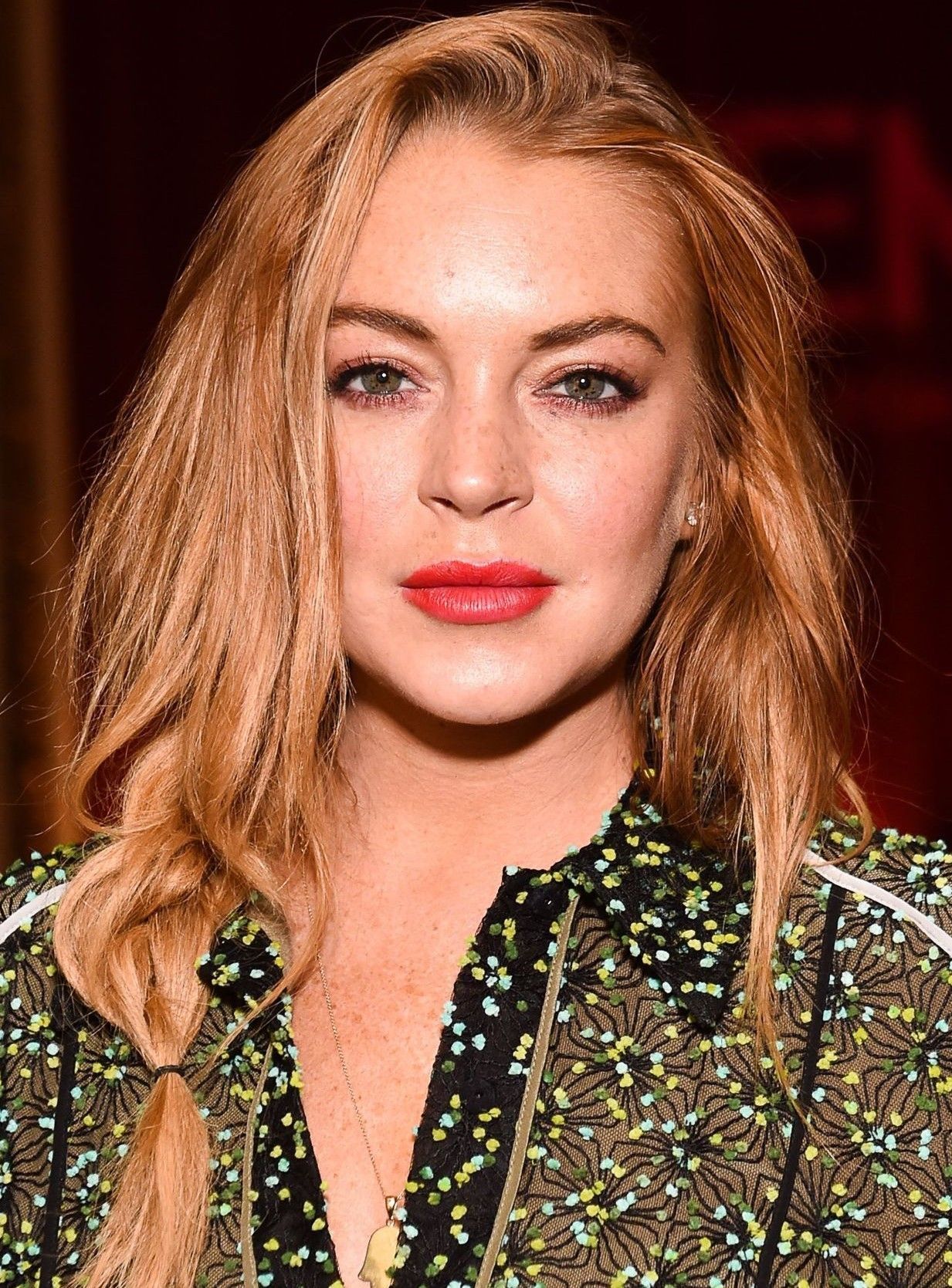
3. **Living Lohan: Beyond Lindsay’s Shadow**
In the mid-2000s, Lindsay Lohan was undeniably one of the era’s biggest names, known equally for her blockbuster roles and her tabloid-making personal life. By 2008, facing significant professional and personal challenges, her mother Dina Lohan decided to take control of the family’s narrative. The result was “Living Lohan,” a one-season reality show that aimed to “diffuse the rumors” and present a different image of their Hollywood family.
Dina told CBS News that the press had been “horrific” to them for two years, and she wanted to show that they weren’t “like that” strange perception of Hollywood clans. Interestingly, despite Lindsay being the most famous Lohan, her involvement in the show was minimal. Instead, “Living Lohan” primarily focused on Dina and the other Lohan children, with a particular emphasis on Ali Lohan’s budding music career aspirations.
While the Lohan family certainly had its share of real-life drama, the show itself proved to be surprisingly uncompelling television. Despite Dina’s efforts to craft a more favorable public image, the series struggled to capture sustained audience interest, leading to its swift cancellation after just one season. The most notable achievement during its run was Ali’s song “All The Way Around” reaching the iTunes Top 100 chart, a modest victory in the grand scheme of things.
“Living Lohan” serves as a reminder that a famous name doesn’t automatically guarantee compelling reality TV. Sometimes, even when a family attempts to reframe their story and highlight new talents, the magic simply doesn’t translate to the small screen. Lindsay would eventually get her own reality TV spotlight with shows like “Lindsay” and “Lindsay Lohan’s Beach Club,” but “Living Lohan” remains a footnote in the family’s extensive media history.
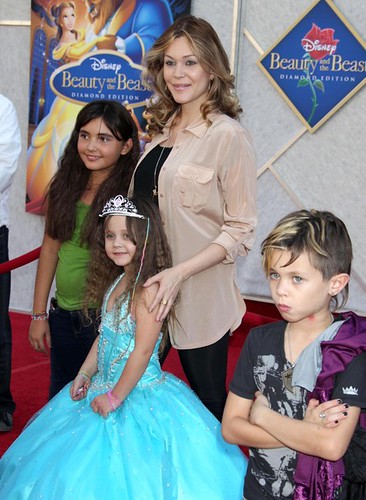
4. **Meet the Barkers: When Too Much Reality Breaks a Marriage**
Following the immense success of “The Osbournes” and “Newlyweds: Nick and Jessica,” MTV sought to fill a void in its reality TV lineup. Their answer came in the form of “Meet the Barkers,” starring Blink-182 drummer Travis Barker and his then-wife, former Miss USA and actor Shanna Moakler. The show, which premiered in 2005, promised an unfiltered look into the lives of Travis, Shanna, and their children Landon Barker and Atiana De La Hoya, with “nothing off-limits.”
Travis Barker famously embraced this lack of boundaries, telling the New York Post that camera crews “had access to probably too much,” showcasing “everything from us basically [having ] at the Playboy Mansion, to our son’s first steps.” This commitment to showing “everything” was intended to be the show’s charm, a truly voyeuristic peek into a rockstar family’s life. However, it quickly became apparent that too much reality television, and perhaps not enough actual private life, was detrimental to their relationship.
The intense scrutiny and the pressures of constant filming began to wear on the couple. Travis reportedly grew uncomfortable with the idea of manufactured drama for the cameras, yearning for authenticity over staged conflicts. Their love story, which played out vividly on screen, proved to be as short-lived as their show. “Meet the Barkers” aired its second and final season in early 2006, and by August of that same year, Travis filed for divorce, less than two years after their marriage began.
Both Travis and Shanna candidly blamed the show for the demise of their relationship. In excerpts from Travis’s memoir “Can I Say,” published by Radar Online, Shanna claimed Travis didn’t want the perception of being a reality star, while Travis accused Moakler of not being genuine on camera. “Meet the Barkers” stands as a stark warning about the potential costs of exposing every intimate detail of one’s life to the unblinking eye of the camera, proving that some things are best kept private, even for celebrities.
_(cropped)_(cropped).jpg)
5. **Snoop Dogg’s Father Hood: The Unexpected Wholesome Side of a Hip-Hop Legend**
In a delightful twist that surprised many, hip-hop icon Snoop Dogg decided to invite cameras into his suburban life with “Snoop Dogg’s Father Hood.” Launching in 2007 on E!, the show ran for two seasons and aimed to portray a softer, more domestic side of the Doggfather. It skillfully painted him as a regular dad, complete with house cleaning duties and soccer practices, who just happened to be a world-famous celebrity.
The series followed Snoop, his wife Shante Taylor, and their children Cori, Cordell, and Corde Broadus, as they navigated typical family activities alongside Snoop’s jet-setting career. One minute they might be tidying up their suburban home, the next they’re off to Germany for Snoop to host the MTV Europe Music Awards. Of course, not every kid has David Beckham as a soccer mentor, adding a touch of celebrity flair to the everyday.
While some critics found “Father Hood” to be a bit contrived, arguing that it didn’t always reflect the true complexity of Snoop Dogg’s persona, audiences absolutely adored it. The show proved to be a ratings hit, reportedly becoming E!’s highest-rated show in 2008. Viewers seemingly enjoyed the contrast between Snoop’s tough-guy image and his surprisingly wholesome family man role, finding comfort in the relatable aspects of celebrity parenthood.
Despite its considerable popularity and solid ratings, “Snoop Dogg’s Father Hood” only aired for two seasons. The reasons for its conclusion aren’t explicitly detailed in the context, but it certainly ended on a high note. Snoop Dogg later returned to the reality TV scene with the 2016 Netflix docuseries “Coach Snoop,” showcasing his leadership skills with the Snoop Youth Football League. “Father Hood” remains a beloved entry in the pantheon of celebrity reality, a testament to Snoop’s enduring appeal and his ability to surprise.
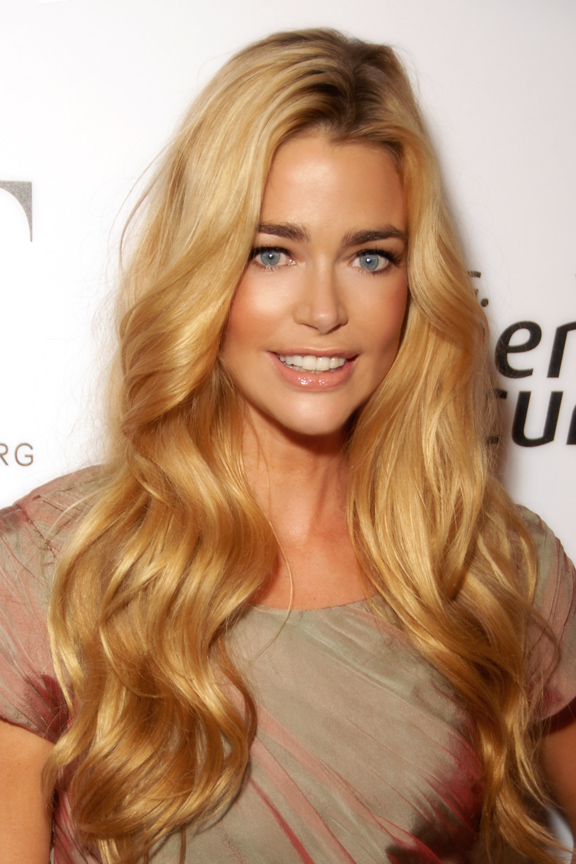
6. **Denise Richards: It’s Complicated: An Attempt at Image Rehab**
Before her tenure on “The Real Housewives of Beverly Hills,” actress Denise Richards ventured into reality television with the E! show “Denise Richards: It’s Complicated.” The series followed Richards’ life as a single mother, navigating her busy career and personal challenges with the support of her father, Irv. The show, which premiered to much fanfare, was explicitly an attempt at “image rehab” for Richards.
Richards had hoped the series would help counter the barrage of negative tabloid narratives that had surrounded her, particularly those fueled by her very public and acrimonious divorce from actor Charlie Sheen. However, even the process of getting the show off the ground became media fodder. A judge had to grant approval for her daughters, Sami and Lola Sheen, to appear on “It’s Complicated,” amidst reports that Charlie Sheen believed it was “exploitative of the children for the mother’s own vanity and greed.”
Despite these initial hurdles and the dramatic backstory, “It’s Complicated” ultimately delivered a somewhat lukewarm viewing experience. While it seemed primed for reality TV success given the notoriety of Richards’ personal life, it garnered tepid reviews from critics. Rumors of an early cancellation began to swirl, and the show indeed only lasted for two seasons, failing to achieve the long-term impact or image transformation Richards might have hoped for.
The series highlights the challenge of using reality TV to control a public narrative. While Richards gained her wish to have her children appear and present her side of the story, the show didn’t resonate as strongly as expected. It underscores that even with a compelling personal story, translating it into captivating and enduring reality television is a complex feat, often proving that things are, well, complicated.
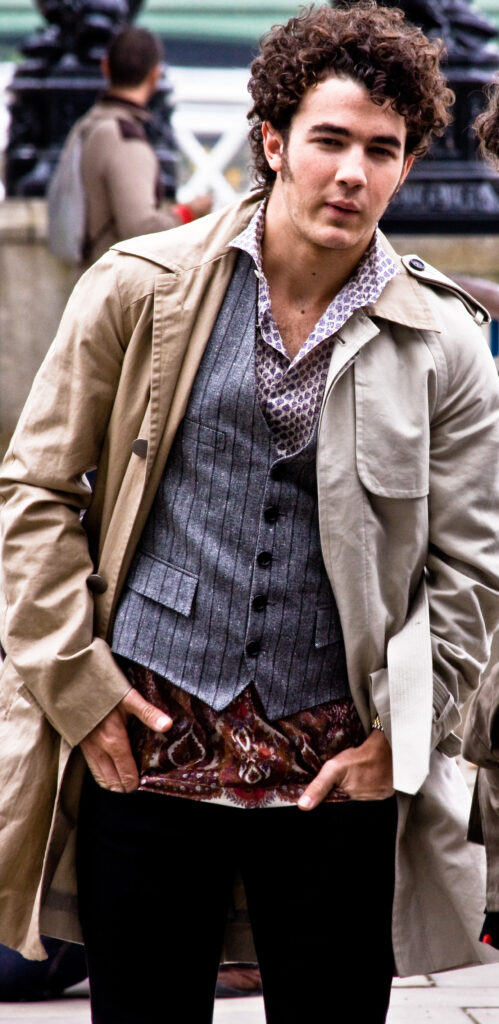
7. **Married to Jonas: Finding Marital Bliss (and Ratings) in New Jersey**
When the Jonas Brothers were at the peak of their fame, the oldest brother, Kevin Jonas, decided to share his newlywed life with the world. “Married To Jonas,” which aired on E! for two seasons, starred Kevin and his wife Danielle Jonas, a hairstylist who famously didn’t even know who the Jonas Brothers were when they met on vacation in 2007. The couple married in 2009, bringing a fascinating juxtaposition to the show: Kevin’s international pop stardom against Danielle’s more “down-home vibes.”
Kevin himself articulated the show’s premise, telling People magazine, “Danielle and I are out here in New Jersey, trying to be domestic. You’ll get to know her big, Italian family and who the characters are. And you’ll get a look into the lives of my family.” This blend of celebrity glamour and relatable suburban life proved to be a winning formula for the network. “Married to Jonas” drew solid ratings numbers for E!, enough for them to confidently order a second season.
Unlike many celebrity reality ventures that famously contribute to relationship woes, Danielle Jonas actually credited the show with strengthening their marriage. She revealed in People, “I think doing a reality show has made us talk even more about things that maybe we would not have talked about or just left on the back burner. I just feel like this made us communicate more, and I think that’s important in our relationship and keeps it strong.” This positive outcome was a refreshing departure from the usual narrative of reality TV destroying relationships.
Even though the show wrapped its run in 2013, the Jonas couple has openly expressed their willingness to revisit their reality TV journey. They shared with E! Insider that they took a break from filming when they started having children, but hinted that “Married to Jonas: Part II” could potentially happen in the future. Their story is a rare example of a celebrity reality show that seemed to genuinely benefit the couple’s relationship, offering a positive spin on the often-chaotic genre.
The dazzling allure of reality television, a chance to invite audiences into your home (or at least a curated version of it), proved irresistible for many more famous families. For every “Osbournes” that hit the jackpot, there were countless others who ventured into the unscripted world hoping for connection, a career boost, or even a shot at setting the record straight, only to find the cameras brought more drama than they bargained for, or simply couldn’t capture lasting attention.
As we continue our deep dive into the fascinating, and sometimes head-scratching, history of celebrity reality TV, let’s pull back the curtain on another batch of families who thought they had the magic formula for small-screen success. Get ready for more tales of unexpected twists, forgotten sagas, and the eternal question: just how much reality can one family (and one audience) handle?
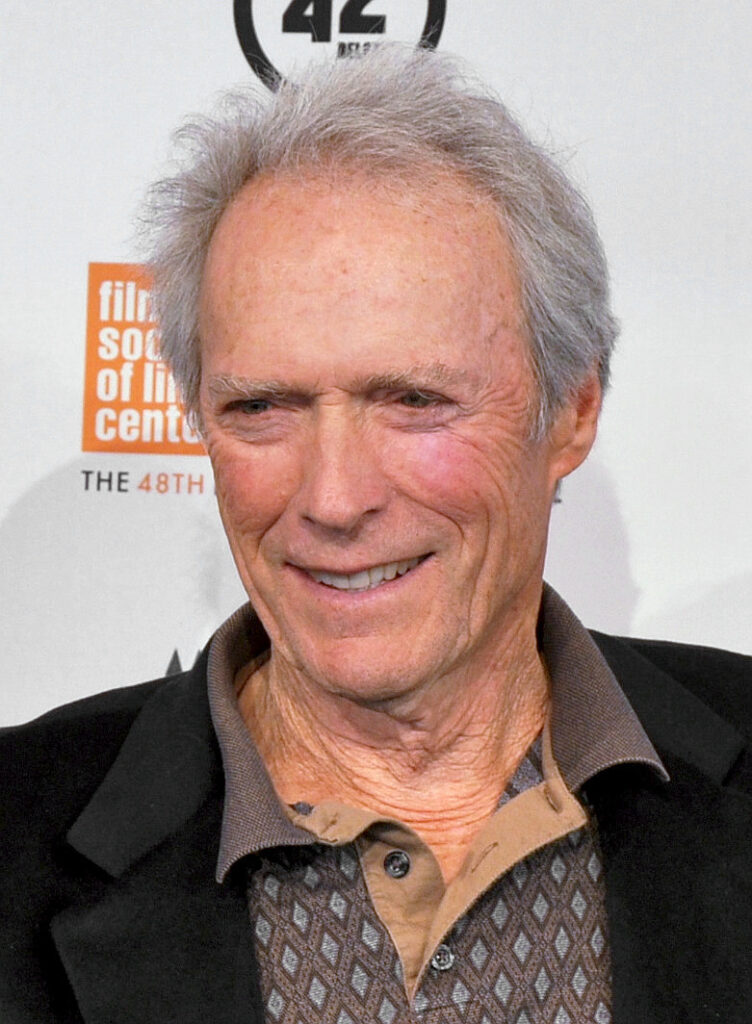
8. **Mrs. Eastwood & Company: Old Hollywood Meets Reality TV**
Talk about an unexpected pairing! In 2012, the E! channel brought us “Mrs. Eastwood & Company,” a reality series that introduced us to a side of the legendary Clint Eastwood’s family we never knew we needed. The show’s genesis was truly unique, stemming from Clint’s wife, Dina Eastwood, taking on the management of a South African boy band called Overtone. She became smitten with the group after they were asked to record a song for Clint’s film “Invictus” in 2009, and from there, a reality TV show began to form.
However, the series quickly evolved beyond just the band, transforming into a family affair that showcased Dina and Clint’s daughter Morgan Eastwood, as well as Dina’s step-daughter Francesca Eastwood (Clint’s daughter with actor Frances Fisher). Dina expressed her hopes for the show, telling Variety, “People might be surprised by how we live our lives and our unconventional approach. I also believe that it’s hard not to fall in love with my band, Overtone.” The series depicted Dina juggling her managerial duties with the everyday challenges of parenting her teenage daughters, painting a picture of a busy, unconventional Hollywood household.
Of course, no reality show is complete without a bit of controversy, and “Mrs. Eastwood & Company” delivered. One memorable episode saw Francesca destroying a Birkin bag during a photoshoot with her artist boyfriend, Tyler Shields, an act that shockingly led to her receiving death threats from viewers. Shields eventually stepped up and took responsibility for the stunt, but it highlighted the intense scrutiny that even a seemingly lighthearted reality show can attract.
As for the family patriarch, Clint Eastwood himself made only two appearances in the show, reportedly pushing back when Dina tried to get him to film more scenes. This perhaps foreshadowed some of the real-life cracks forming behind the scenes. Despite Dina’s ambitions for multiple seasons, the show only lasted for one. Compounding the show’s short run, Dina filed for a separation from Clint in 2013, with their divorce finalized the following year, suggesting that perhaps “Company” was more complicated than anyone realized.
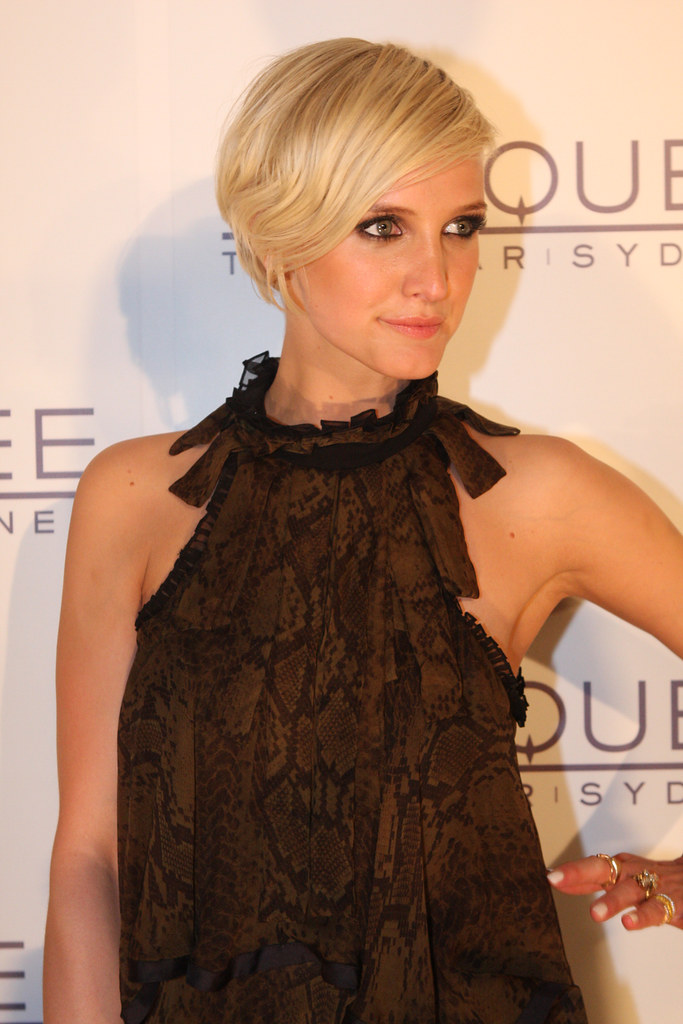
9. **Ashlee+Evan: A Docu-Series That Kept the Best Drama Off-Screen**
Ashlee Simpson wasn’t a stranger to the reality TV spotlight, having famously chronicled her pop culture splash – including that infamous “Saturday Night Live” lip sync moment – on “The Ashlee Simpson Show” in the early 2000s. So, it might have come as a surprise when she decided to jump back into the unscripted waters with her husband, Evan Ross, for their short-lived series, “Ashlee+Evan.” Billed as a “docu-series,” the show aimed to provide an intimate look as the couple blended their personal and professional lives, with a particular focus on the creation of their joint album.
Simpson was candid about her reasons for returning to the public eye, telling Refinery29, “I feel like it’s been a minute and I feel like we wanted to share who we were and our love story and our process of making this album.” The show purportedly offered a genuine glimpse into Simpson and Ross’s lives, suggesting an openness for the cameras. However, it seems the juiciest drama was unfolding *off*-camera, away from the prying eyes of their film crew.
Sources told Radar Online about a significant argument between Ashlee and Evan, with Evan reportedly upset about doing the show in the first place and now feeling like they looked like failures. This alleged behind-the-scenes turmoil, combined with what were reportedly poor ratings, cast a shadow over the docu-series. Despite their efforts to present a united front and a shared creative journey, the show struggled to connect with audiences.
Ultimately, “Ashlee+Evan” quietly faded from the airwaves. Simpson confirmed the show’s end to Us Weekly in 2019, simply stating, “We are not doing that any longer.” It serves as a reminder that even for experienced reality stars, the magic formula for compelling television isn’t guaranteed, especially when the real-life relationship might be struggling under the weight of the very cameras meant to capture its essence.
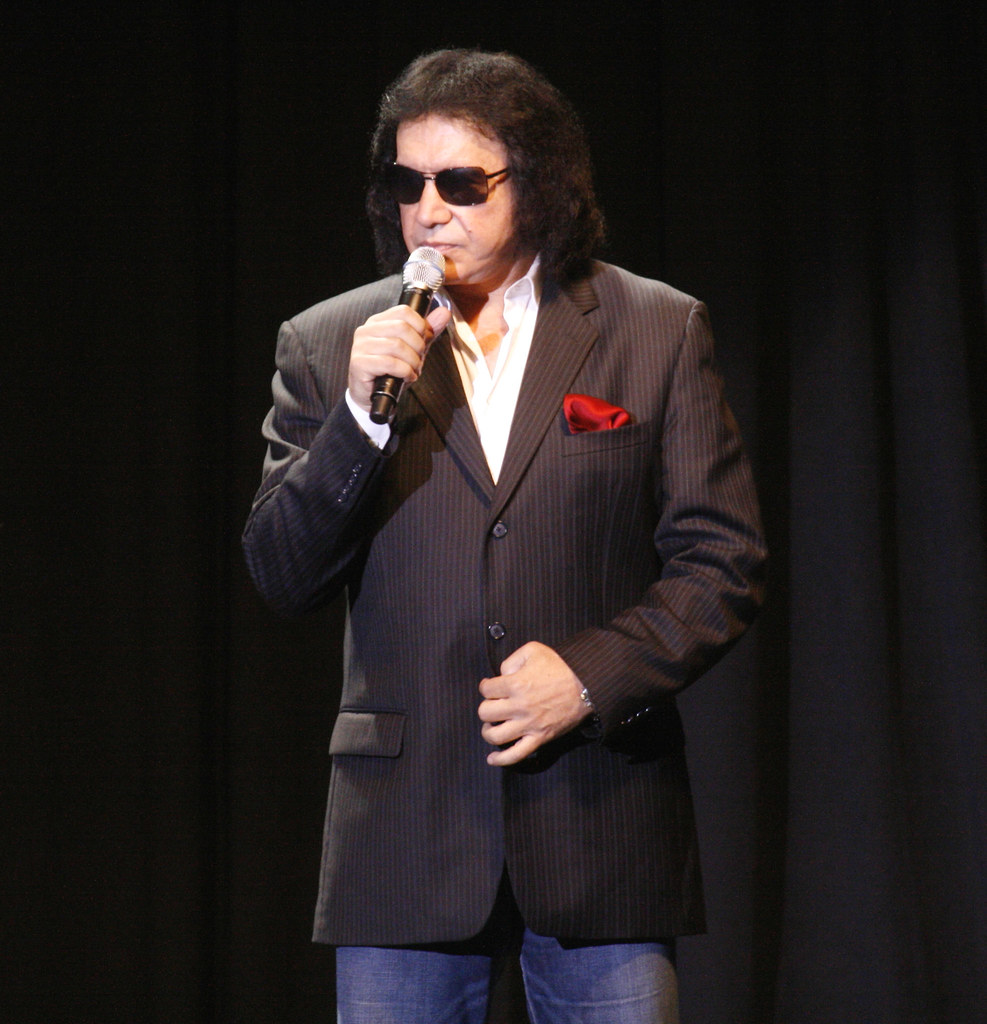
10. **Gene Simmons Family Jewels: A Rock Star Family’s Surprisingly Long Run**
In the wake of “The Osbournes” phenomenal success, numerous celebrity families tried to replicate that rock-and-roll-meets-domestic-chaos magic. One such attempt that actually found considerable footing was “Gene Simmons Family Jewels,” which launched in 2006. The A&E series effectively framed KISS frontman Gene Simmons as the quintessential bossy patriarch and shrewd businessman, placing the iconic rock star in hilariously mundane or slightly absurd domestic situations for comedic effect, often alongside his partner Shannon Tweed and their children, Nick and Sophie Simmons.
The show masterfully played on the contrast between Gene’s larger-than-life stage persona and his surprisingly doting (if still demanding) father figure role. We saw protective dad Gene trying to keep an eye on his teenage daughter Sophie as she navigated boys, juxtaposed with him attending adult entertainment expos. It was a clever way to humanize the rock legend, showing that even a wealthy, ed-up rock star could be brought down a peg by the cool indifference of a teenager.
“Gene Simmons Family Jewels” premiered to strong ratings, quickly establishing itself as a hit for A&E. While the show certainly featured its share of contrived scenarios, designed for maximum entertainment, it also delved into legitimate relationship issues between Gene and Shannon, particularly around their long-term commitment. In a genuine turn of events, three million people tuned in to watch Gene propose to Shannon on “Family Jewels,” and they subsequently married in 2011, providing a rare positive outcome for a reality TV relationship.
Unlike many of the short-lived ventures on our list, “Family Jewels” enjoyed a remarkably successful run, lasting for seven seasons until 2012. The Simmons family ultimately decided to draw the curtain on their show, issuing a statement to The Hollywood Reporter: “With Kiss on tour and with my other business commitments, we have decided to draw the final curtain on our show. It has been a wonderful, life-altering experience for our family, and after seven successful seasons, we feel it’s time to move on.” It stands as a testament to Gene’s unique appeal and the family’s ability to navigate the reality TV landscape on their own terms.

11. **Hammertime: MC Hammer’s Wholesome, Yet Short-Lived, Family Affair**
For those who remember the early ’90s, MC Hammer was synonymous with explosive music, iconic parachute pants, and a meteoric rise to superstardom. His equally devastating fall from the spotlight made him a compelling figure, and in 2009, he returned to television with his own reality series, “Hammertime.” The show was pitched as a “slice-of-life” look at the man behind the music, following MC Hammer, his wife Stephanie Fuller, their five children, and a nephew, as they navigated their family life and Hammer’s entrepreneurial ventures.
“Hammertime” aimed to present a more intimate, domestic side of the musician, showing him engaging in relatable fatherly duties – from dealing with poor report cards to coaching his kids’ talents, and even talking to Stanford Business School. It was an attempt to humanize the larger-than-life figure, showcasing his journey as a family man and a businessman rather than just a pop culture phenomenon. The series offered a glimpse into his post-fame life, trying to carve out a new identity.
Despite its earnest intentions, “Hammertime” garnered only modest ratings. Critics were generally unimpressed, often finding the show’s “sitcom vibes” a bit too contrived and not quite compelling enough. The series struggled to find its footing and was ultimately done after just one season, failing to capture the sustained audience interest that other celebrity family shows managed to achieve.
Perhaps the show’s biggest missed opportunity was its decision to gloss over the truly compelling, dramatic story of MC Hammer’s financial downfall. At the peak of his career, he reportedly earned $33 million in 1991, but his extravagant lifestyle, including a multi-million dollar mansion and a jumbo jet, led to him filing for bankruptcy in 1996. One can only guess that this more intense, “Behind The Music”-esque narrative was intentionally left out, but its absence arguably contributed to the show’s lukewarm reception, proving that sometimes, holding back the “real” story can be a detriment in reality TV.
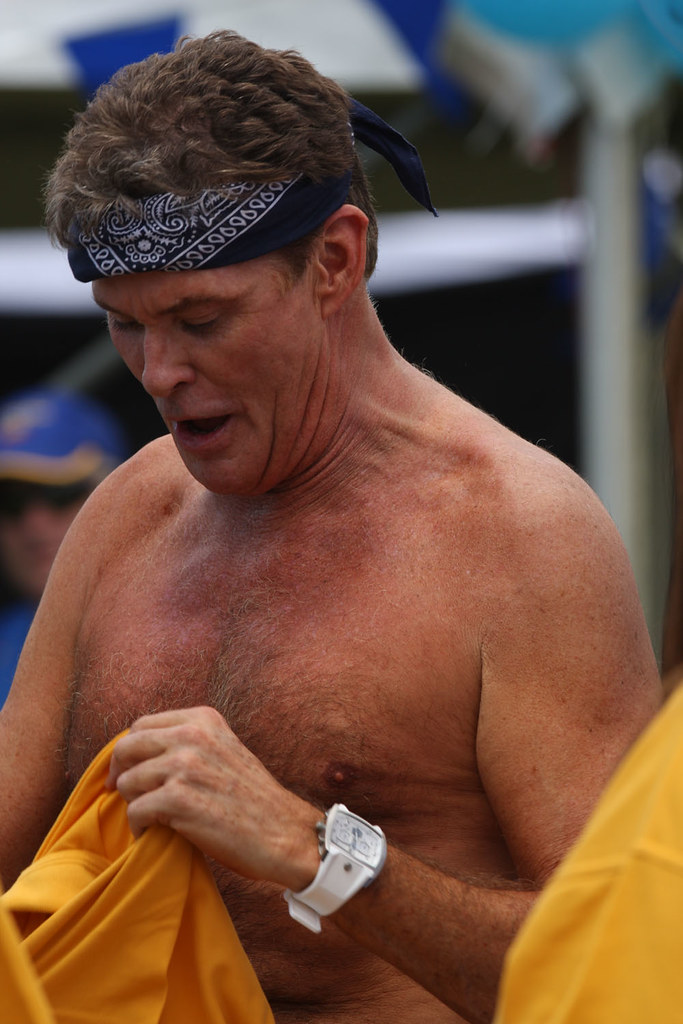
12. **The Hasselhoffs: A Vehicle That Ran Out of Gas Too Soon**
David Hasselhoff, a living pop culture meme known globally for “Baywatch” and “Knight Rider,” threw his hat into the reality TV ring in 2010 with “The Hasselhoffs.” David was refreshingly upfront about the show’s primary goal: it was meant to be a launching pad for his daughters, Hailey and Taylor-Ann Hasselhoff, and their burgeoning careers. Beyond that, David also saw it as an opportunity to set the record straight about his own life, tired of tabloid sensationalism.
He candidly told Yahoo! Entertainment, “I also thought it was a way for me to tell the world who I am without having to sit on a panel and answer questions on a talk show, or react to some magazine that’s printing absolute lies about me that hurt my daughters.” It was a dual purpose: a career boost for his girls and an image correction for himself. Interestingly, Hailey and Taylor-Ann weren’t entirely new to the reality scene, having already appeared in a UK show called “Meet The Hasselhoffs,” so they were somewhat seasoned.
Despite these clear intentions and the family’s prior experience, “The Hasselhoffs” faced an incredibly swift and brutal end. A&E pulled the plug on the series after airing a mere two episodes. This unexpected and abrupt cancellation meant the show never had a real chance to connect with an audience or fulfill its stated purposes, leaving many viewers wondering what went wrong.
However, the story doesn’t end in failure for the Hasselhoff daughters. Despite their reality TV bust, both Hailey and Taylor-Ann skillfully maneuvered their careers forward without the show. Taylor-Ann went on to become a cast member on “The Rich Kids of Beverly Hills” and “Relatively Famous: Ranch Rules,” while Hailey gained significant headlines as Playboy’s first curve cover model and continues to work as a successful runway model. Their success post-show is a testament to their own talent and perseverance, proving that a reality TV rejection isn’t always the final word on a career.
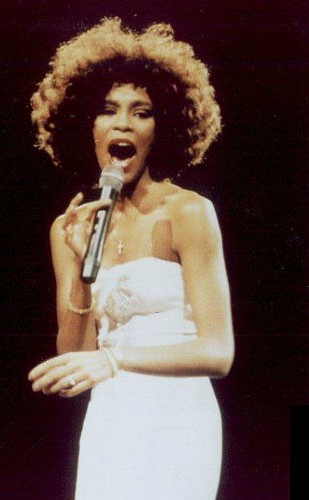
13. **The Houstons: On Our Own: A Series Born From Tragedy**
In a move that sparked considerable controversy and debate, the Lifetime network premiered “The Houstons: On Our Own” in 2012, just three months after the tragic death of music icon Whitney Houston. The series centered around the Houston family, specifically Whitney’s sister-in-law Pat Houston and her family, but heavily featured Whitney’s daughter, Bobbi Kristina Brown, and her relationship with her boyfriend, Nick Gordon. It was undeniably a show born from profound grief, attempting to navigate loss under the unforgiving glare of reality television.
Bobbi Kristina was not a stranger to reality TV, having previously appeared on Bravo’s “Being Bobby Brown” in 2005 alongside her parents. However, “The Houstons: On Our Own” was met with immediate and widespread criticism from the press, which largely condemned the show for being exploitative, arguing that it was too soon to build a reality series around the very raw and unexpected death of Whitney Houston. The ethical questions surrounding the timing and premise loomed large over its run.
Panned by critics, the show struggled to find an appreciative audience, and ultimately aired for only one season on Lifetime. The heavy emotional toll was not just a narrative device; friends of Bobbi Kristina later reflected on the series, saying that the filming process was “too much, too soon” for her. They expressed concern for her well-being during production, as she was actively grieving the loss of her mother.
Tragically, the family’s struggles continued after the show. Bobbi Kristina Brown died in 2015 at the young age of 22 from immersion in water and drug intoxication, followed by Nick Gordon’s death from a heroin overdose in 2020 at age 30. “The Houstons: On Our Own” stands as a poignant and difficult chapter in reality TV history, underscoring the immense pressures and potential dangers of exposing such raw grief and personal vulnerabilities to the public eye.
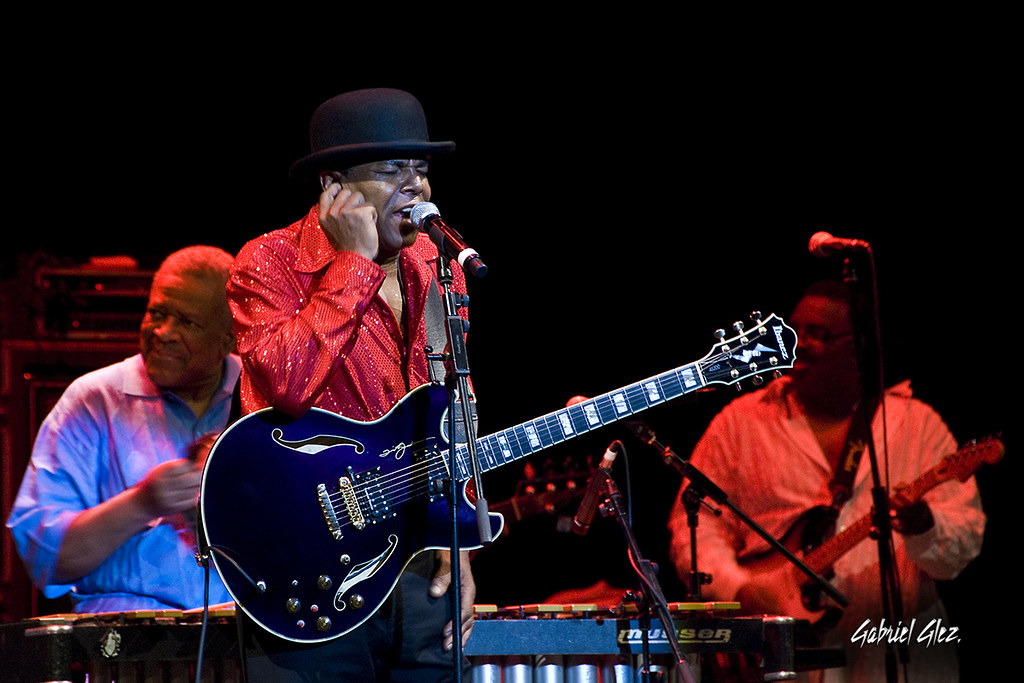
14. **The Jacksons: Next Generation: The Other Family Band’s Comeback Attempt**
The iconic Jackson family, whose legacy in music is unparalleled, had already dipped their toes into reality television with “The Jacksons: A Family Dynasty” in 2009. So, in 2015, it was time for the younger generation to step into the reality spotlight with “The Jacksons: Next Generation.” This series specifically chronicled the comeback efforts of Tito Jackson’s sons – TJ, Taj, and Tyrell – collectively known as the band 3T, decades after the release of their multi-platinum album “Brotherhood.”
The show aimed to capture the trio’s journey as they contemplated how to rekindle their musical careers while navigating the complexities of their famous family name. Taj candidly admitted to ET, “First it was really hard because we are so private. There’s certain things that you see and then we’re like, ‘No, you can’t show that!’ But then that’s what keeps it real.” This tension between privacy and the demand for “keeping it real” for television was a central theme, highlighting the unique pressures faced by the extended Jackson family.
“Next Generation” certainly proved that even with one of the most powerful family names in entertainment, everyday troubles like paying the bills were still a reality for the Jackson heirs. The series showcased the struggles and ambitions of the brothers, even featuring star power appearances from Michael Jackson’s son, Prince Jackson, hoping to draw in viewers. However, despite the legendary surname and intriguing premise, the show only lasted for one season on Lifetime.
Ultimately, “The Jacksons: Next Generation” didn’t achieve the long-term reality TV success of some of its predecessors. Nevertheless, 3T did eventually drop new music, releasing their album “Chapter III” in 2016, and have continued to perform at nostalgia concert events in Europe in recent years, proving that while reality TV may not have been their golden ticket, their musical journey continued, albeit largely off the small screen.
And there you have it, folks! From rock gods to pop princesses, wrestling legends to hip-hop moguls, and even the dynasties of old and new Hollywood, everyone, it seems, has at one point considered inviting cameras into their chaos. What these fascinating, sometimes messy, and often short-lived reality TV ventures teach us is that while the allure of the small screen is undeniable, the true “reality” of family drama, personal ambition, and public scrutiny can be a tricky beast. Whether they hoped to launch careers, mend relationships, or simply control their narrative, these families took the plunge, offering us all a captivating, sometimes cathartic, glimpse into the unpredictable nature of fame and family on full display. Now, who’s ready for some more popcorn and a deep dive into what’s streaming next?

